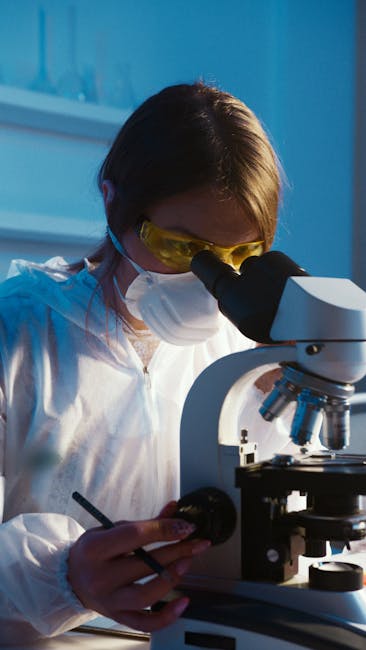 The Advantages of Laparoscopic Surgery in Perryville, Arkansas
The Advantages of Laparoscopic Surgery in Perryville, Arkansas
Laparoscopic surgery, also known as minimally invasive surgery, has revolutionized the field of medicine by offering patients a safer, less painful, and more effective alternative to traditional open surgery. In Perryville, Arkansas, laparoscopic surgery has become a popular choice for individuals seeking to address a range of medical conditions, from gallstones to hernias. In this article, we will explore the advantages of laparoscopic surgery and what you can expect from the procedure.
What is Laparoscopic Surgery?
Laparoscopic surgery is a type of surgical procedure that uses a laparoscope, a thin, lighted tube with a camera and a light on the end, to visualize the internal organs and tissues. The laparoscope is inserted through a small incision in the abdomen, allowing the surgeon to view the area in real-time. The surgeon then uses specialized instruments to perform the necessary procedures, such as removing gallstones or repairing hernias.
Advantages of Laparoscopic Surgery
There are several advantages to laparoscopic surgery, including:
1. Reduced Scarring: Laparoscopic surgery requires only small incisions, resulting in minimal scarring and a faster recovery time.
2. Less Pain: The procedure is less invasive, which means less pain and discomfort for the patient.
3. Shorter Hospital Stay: Patients typically require a shorter hospital stay, which reduces the risk of complications and allows for a faster return to normal activities.
4. Faster Recovery Time: Laparoscopic surgery allows for a faster recovery time, as the procedure is less invasive and requires less tissue disruption.
5. Reduced Risk of Complications: The procedure is less invasive, which reduces the risk of complications, such as infection and bleeding.
6. Improved Visualization: The laparoscope provides a clear view of the internal organs and tissues, allowing the surgeon to perform the procedure with greater precision and accuracy.
7. Reduced Risk of Adhesions: Laparoscopic surgery reduces the risk of adhesions, which are bands of scar tissue that can form between organs and tissues.
8. Improved Cosmetic Results: The small incisions required for laparoscopic surgery result in minimal scarring, which can improve the cosmetic appearance of the patient.
9. Reduced Risk of Hernia Recurrence: Laparoscopic surgery reduces the risk of hernia recurrence, as the procedure is less invasive and requires less tissue disruption.
10. Improved Patient Satisfaction: Laparoscopic surgery has been shown to improve patient satisfaction, as the procedure is less invasive and results in a faster recovery time.
What to Expect During Laparoscopic Surgery
During laparoscopic surgery, you can expect the following:
1. Pre-Operative Preparation: You will be given general anesthesia or sedation to ensure your comfort during the procedure.
2. Incision: A small incision will be made in the abdomen, typically 1-2 cm in length.
3. Insertion of the Laparoscope: The laparoscope will be inserted through the incision, allowing the surgeon to visualize the internal organs and tissues.
4. Procedure: The surgeon will use specialized instruments to perform the necessary procedures, such as removing gallstones or repairing hernias.
5. Removal of the Laparoscope: The laparoscope will be removed, and the incision will be closed with sutures or staples.
6. Recovery: You will be taken to the recovery room, where you will be monitored for any complications.
7. Follow-Up Care: You will be given instructions for follow-up care, including medication and activity restrictions.
Conclusion
Laparoscopic surgery is a safe and effective alternative to traditional open surgery, offering numerous advantages, including reduced scarring, less pain, and a faster recovery time. If you are considering laparoscopic surgery in Perryville, Arkansas, it is essential to consult with a qualified surgeon to determine if the procedure is right for you. With the right care and attention, laparoscopic surgery can provide you with a faster, safer, and more effective recovery.